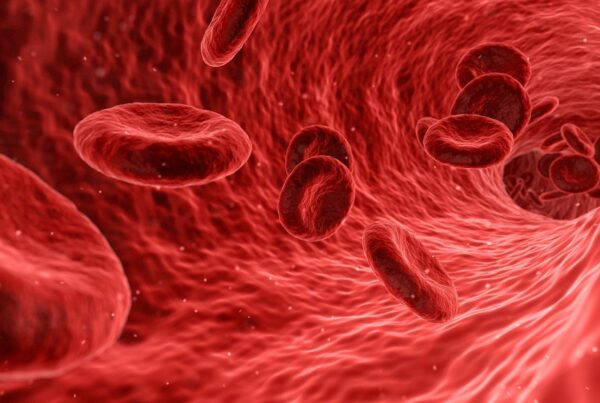As I have remarked to patient’s more than once, I am a geek at heart. I love diving into various topics, learning what I can learn about them, and some of those deep dives end up as articles that I co-author and they make their way through the (horribly broken) peer-review system and ultimately get published. I divide much of my time between my clinical work and research.
In the last few years I have been co-author of multiple papers that have discussed potential problems with the mRNA injections, other papers about problems with the herbicide glyphosate (main ingredient in Roundup), and neurological problems that could be caused by both (see here and here, for example).
Last week another paper I co-authored was uploaded to a preprint server. Preprint servers are relatively new in the scientific publishing community. In the early days of Covid-19 there was lots of frustration that important research was taking too long to get through the peer-review process. Preprint servers were created as a place to upload completed research prior to it going through peer review.
A paper gets uploaded to servers for everyone to be able to read while it is shopped around to various journals to be accepted for peer review. Once accepted and through peer review, the paper is officially “published.”
Our latest preprint is titled “Is Autism a PIN1 Deficiency Syndrome? A Proposed Etiological Role for Glyphosate.” It is quite technical overall, but here is a summary:
There are a wide range of pathological changes that characterize the nervous system of autistic kids.
There is a particular enzyme at work in cells called PIN1. It is responsible for maintaining multiple very crucial balances within cells. If PIN1 gets upregulated or downregulated, serious problems can happen. When upregulated that leans the cell toward malignancy. When downregulated that leans the cell toward neurological diseases. If that downregulation happens when kids are in utero or in their early years, our paper is suggesting that this can be the switch that gets flipped and can manifest as autism.
We note that glyphosate has been shown to directly induce the changes in neurons (and other cells) associated with autism. It can also induce those changes indirectly by suppressing melatonin production (which it has been shown to do). Melatonin is necessary for PIN1 production in cells. We suggest this glyphosate-exposure model can explain both early-onset autism as well as regressive autism.
We wind it up by pointing out that the inflammatory chain reaction potentially induced in the brain by the mRNA shots can be the straw that breaks the camel’s back for an infant already exposed to glyphosate (or other environmental toxins).
It is unfortunate, I believe, that the CDC has put the mRNA shots on the vaccination schedule starting at 6 months(!), suggesting the initial two shots commence at that age.That guideline was established in June 2022. Time will tell if there is any discernible rise in autism diagnoses in the same way there has been for cancer and all-cause mortality beginning around that same time.
The most common criticism of our papers is that, while we make our various cases based upon published research, we are ultimately being speculative as to the causal relationship between, say, mRNA injections and onset of autoimmunity. In fact that was a speculation we made in a paper published in May 2021. Unfortunately there has indeed been a documented increase in the incidence of autoimmune disease since Spring 2021 when the injections were rolled out to the public (see here and here and here, for example).
I have witnessed first-hand how political the world of scientific publishing has become in the age of Covid. I realize I’m publishing on controversial topics, but informed speculations are the bedrock of the scientific process. While scientists often agree on various topics and ideas, using the idea of “consensus” to stifle ideas outside of that consensus is the death of scientific discovery and innovation.
I will hope this paper gets accepted by a journal, makes it through peer review, and is ultimately published.




